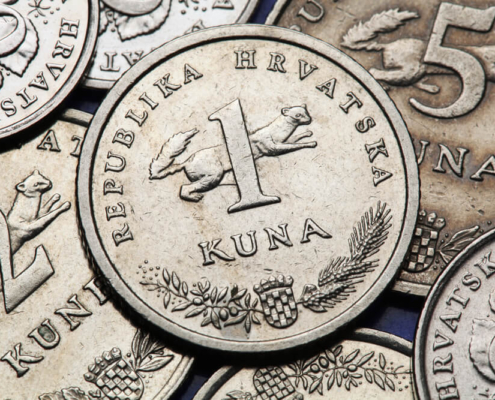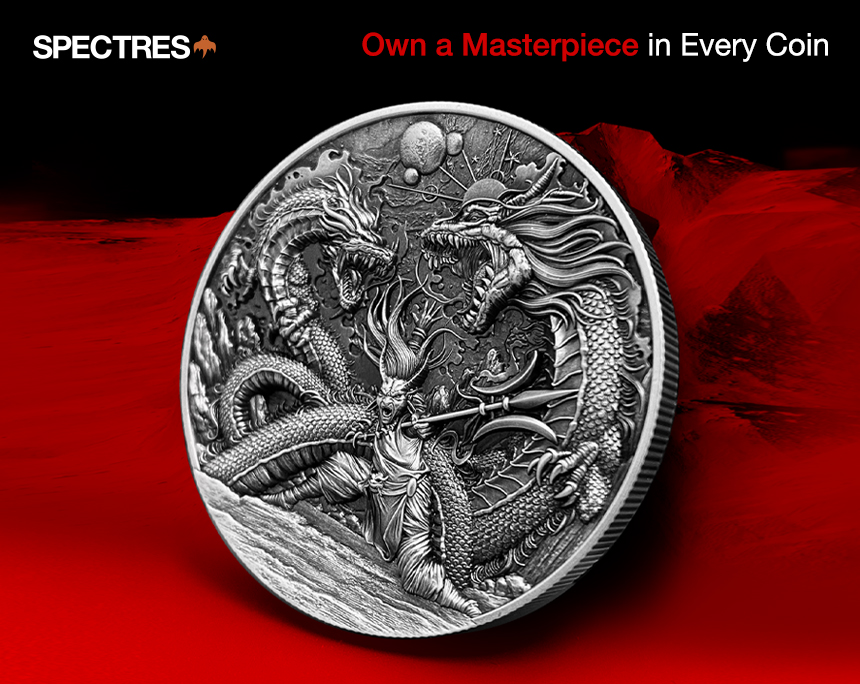1/2 Reichstaler 1621,
under Wilhelm V of Hesse-Kassel as administrator.
Condition: ef+


city of Besançon,
3 Pistols 1666 with title Charles V.
Condition: CH UNC

Bavaria, Chaise d'or (imperial shield)
1328-1347 under Emperor Louis IV.
Condition: ef

Reichstaler 1654-1668
under Count Guidobald von Thun.
Condition: vf-ef

Solidus (491-518)
under Anastasius the righteous.
Condition: vf-ef

Archive: People and Markets
New Issue by Spectres – Jukebox Coin
Dive into the golden age of American Music with a coin designed for music lovers and collectors alike: The Jukebox Coin.
Coins for a New Audience from Singapore
In 2019, coin designer Karz launched his coin publishing company Spectres. He and his team aim to create coins for our modern world – coins that they would be happy to buy themselves. We introduce the young company and some of their products.
Archive: Coins, Medals and more

The First Piece of Mail Sent Using a Stamp to Be Offered at Sotheby’s
A Penny Black affixed to a Mulready envelope is among the most valuable items in Philately ever offered at auction. The earliest posted envelope using a prepaid stamp, dating to 1840, will be sold at Sotheby’s with an estimate of $1.5–2.5 million.

What Will Be Depicted on Croatia’s Euro Coins?
In 2023, Croatia will become the youngest member of the euro zone. The themes of Croatia’s euro coins have already been chosen – and one of them has stirred up controversy. Let’s find out how Croatia presents itself to Europe on its new coins.















Report of the 30th ICOMON Annual Conference in Stockholm
The International Committee of Money and Banking Museums (ICOMON) held its 30th Annual Conference in Stockholm from 25 to 28 September 2024. The Economy Museum, as host institution, welcomed over 110 participants and 42 speakers from over 30 countries across the globe.
Voting for the Best Latvian Collector Coin of 2024 is Open
From 24 March to 6 April 2025, Latvijas Banka, in cooperation with the news portal Delfi, organises the traditional public vote “Latvia’s Coin of the Year 2024”. This vote will, for the 21st time, determine the public’s favourite collector coin issued during the previous year.